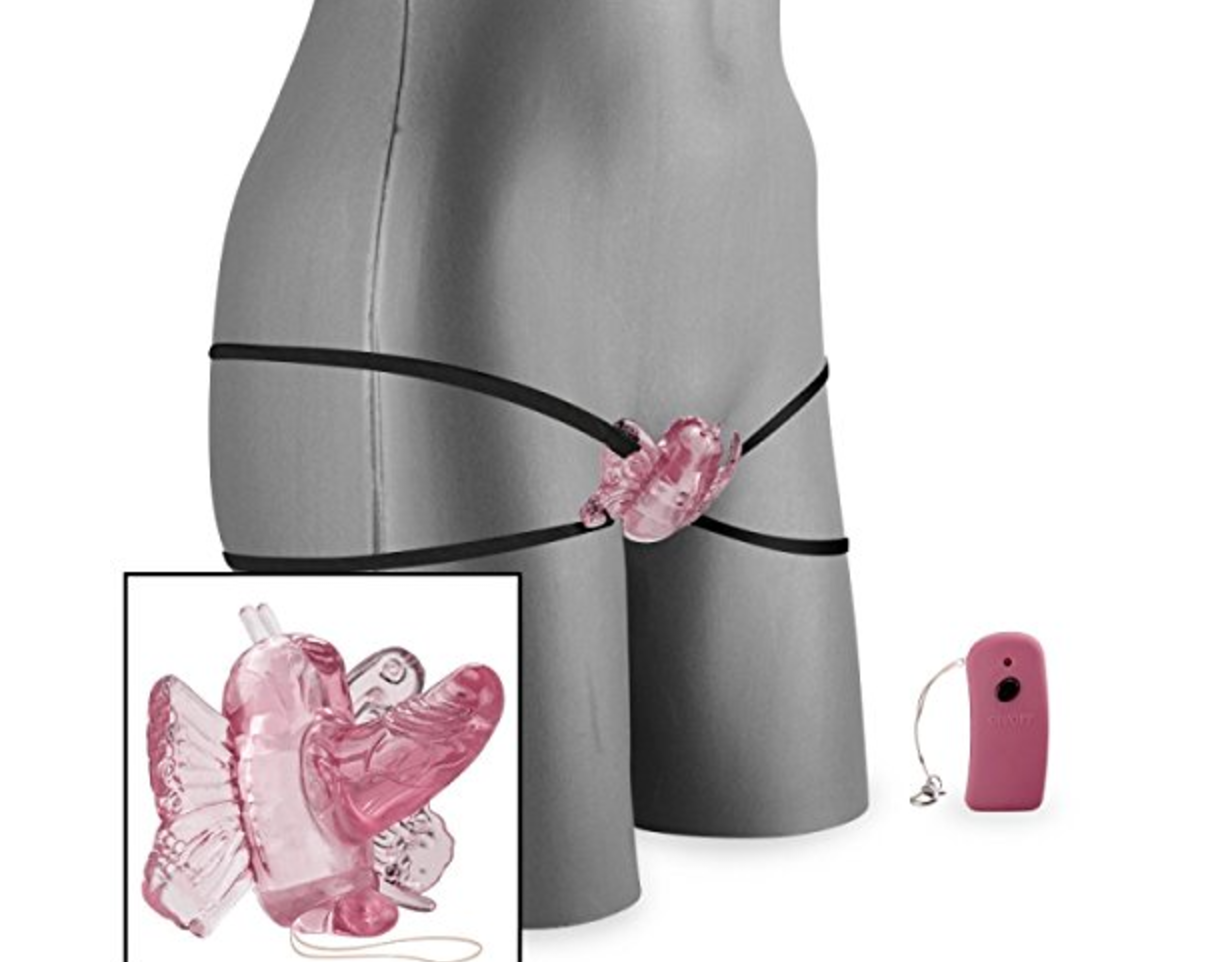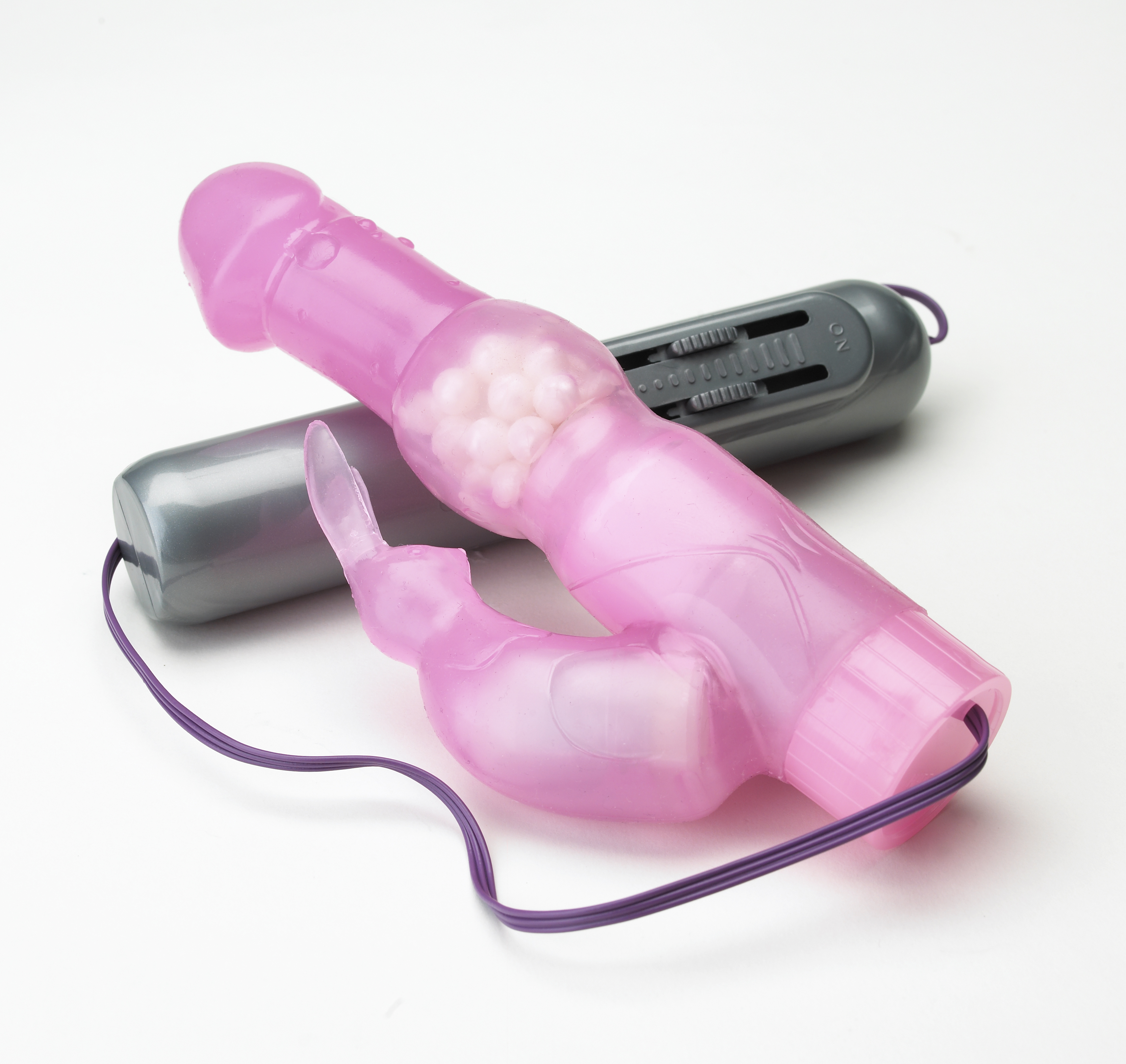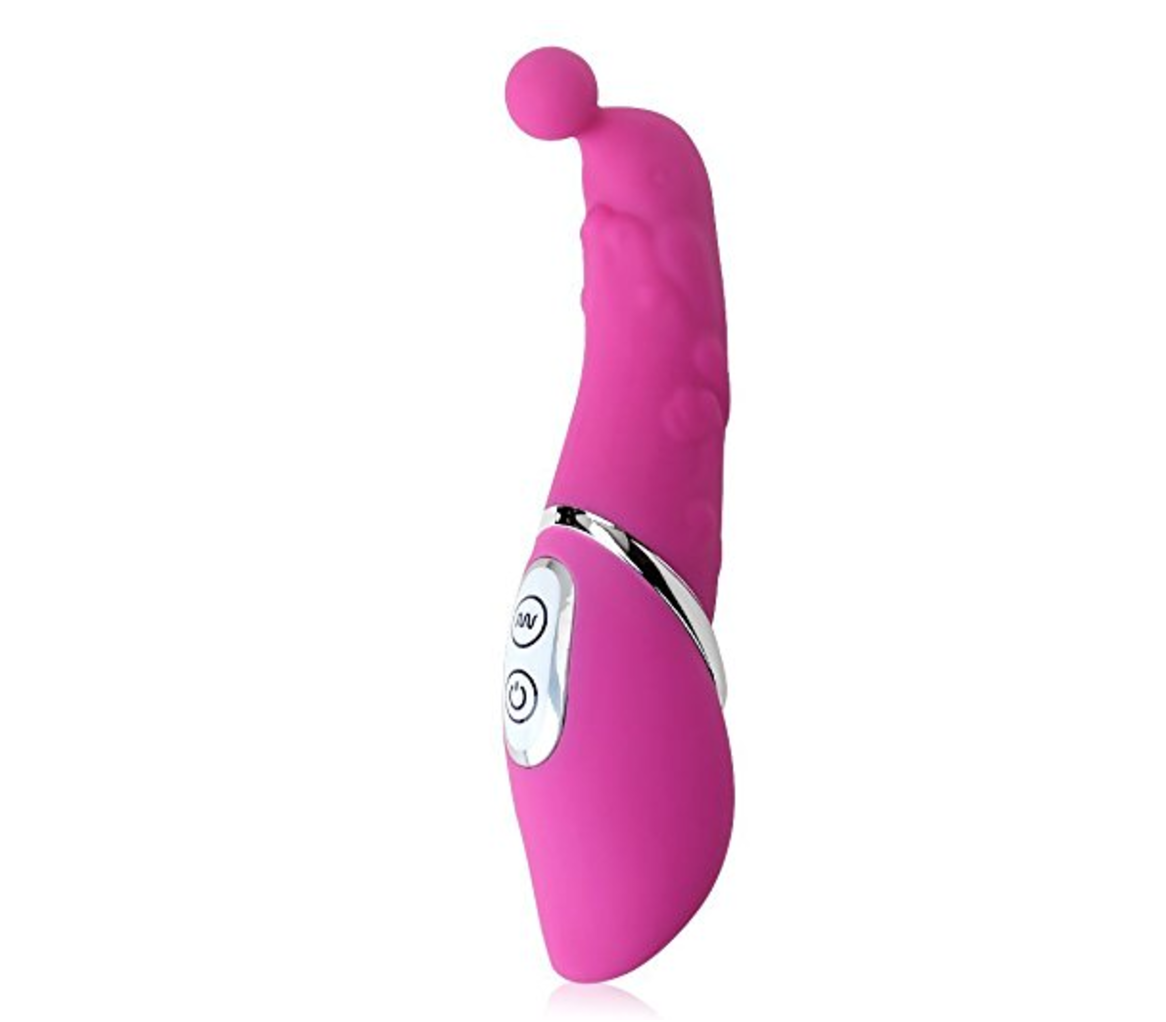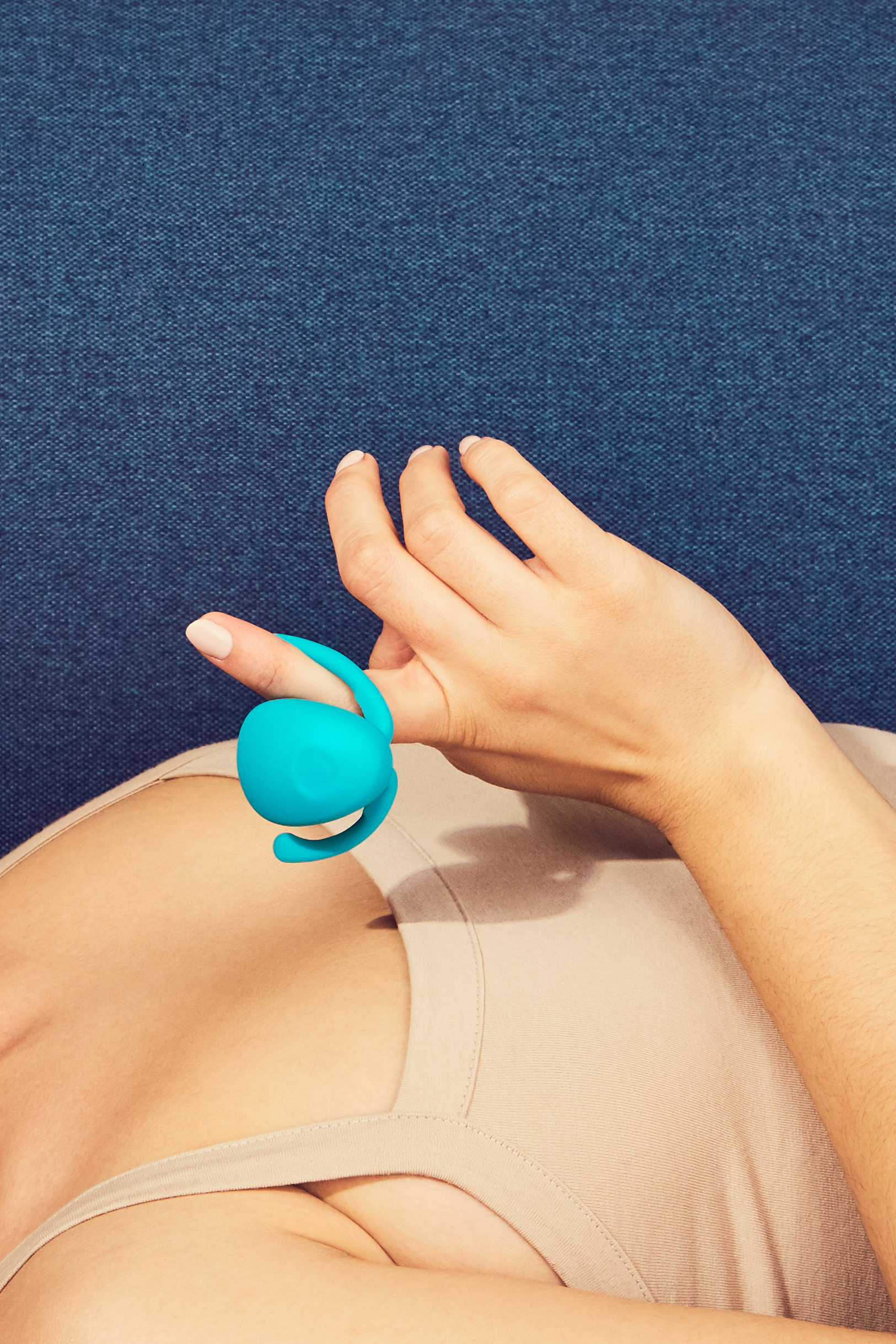Why Are So Many Sex Toys Shaped Like Animals?
Credit to Author: Claire Lampen| Date: Fri, 01 Sep 2017 14:00:00 +0000
Epiphora usually avoids animal-shaped sex toys, but when she was searching for a hands-free vibrator in 2009, she had to bend her rules: every product resembled some kind of critter. Appearances aside, Epiphora went for the highest-rated product that looked like it might actually work: the Impulse Butterfly, a strap-on number with a bulky barrel body, improbably small wings, and antennae she told me would “maybe, possibly, sort of feel nice on [her] clit.”
They did not. The contraption arrived without instructions, save for the box’s illustration of a space-suited woman with a butterfly suspended bridge-like between her clitoris and vagina. For Epiphora, that arrangement wasn’t anatomically feasible. To feel anything at all, she had to press the motor to her clitoris as the antennae tugged at her pubic hair. So much for hands-free.
Epiphora—a sex toy reviewer with 10 years of experience blogging at HeyEpiphora.com—still feels that the worst part about the Impulse Butterfly wasn’t the pain it inflicted, but how demeaned she felt wearing it. “It says, ‘Hi, I’m a purple gooey butterfly haphazardly strapped around your body. Yes, it has come to this,'” Epiphora wrote in 2009. Eight years later, she told me she stands by that statement.

Butterflies and other animals are far from rare in the sex tech industry: feather boa-ed rubber ducks; pink, ball-balancing dolphins; clit-tapping turtles; horse penis dildos abound. That abundance raises some questions, like who assumed we want to fuck dolphins? Who decided female sexuality should either be childish, or bestial? And if the sheer variety of vibrators currently available to women suggests empowerment, what does it say that so many come in the shape of gooey purple butterflies?
Two sexologists I spoke with speculated that imitation animal penises are fetish items likely not intended for the mainstream women’s market, but zoomorphic vibrators represented another beast entirely. Their history “says a lot about how sex toys are still seen as ‘threatening’ and how far we have to go to normalize masturbation for women,” sexologist Dr. Jill McDevitt said on a phone call.
Consider the Rabbit.

Inarguably the most famous of the animal vibrator kingdom, the Rabbit hails from Japan, where obscenity laws effectively bar the distribution of products that might sexually arouse consumers. Thus, Japanese manufacturers have taken to camouflaging sex toys as children’s toys, often with an animal theme.
In the early 1980s, an American buyer looked to Japan for a new vibrator that could improve on the various “uncooked hotdog” colored options dominating the U.S. market, Shay Martin, vice president of Rabbit manufacturer Vibratex, explained. In Japan, the buyer encountered a groundbreaking design concept: dual-action stimulation, cloaked in bunny’s clothing. Vibratex brought the Rabbit to the US from Japan in 1983, and became the first U.S. company to market a woman’s pleasure wand that incorporated clitoral stimulation with vaginal penetration.
No one decided women wanted to fuck dolphins—that would have required thinking about what women wanted in the first place
Of all Vibratex’s variations on that theme—the Turtle with its piston-like neck; the Kangaroo with fluttering paws and tongue—none grabbed attention quite like the pearlescent pink phallus that infamously kept Sex and the City’s Charlotte tangled in her sheets for days. That may have helped make the Rabbit a household name, Martin said, but the product stuck thanks to its innocuous packaging—devoid of porn stars—a symbol of women’s pleasure and approachability.

“It was just geared more toward making women feel comfortable,” Martin explained. “It just made them feel good, and also, you know, a rabbit, that’s cute and adorable and it didn’t look like a big phallic shape, it wasn’t huge, it didn’t scream VIBRATOR, I think that did make women feel more comfortable in approaching the product.”
*
30 years later, “rabbit” means “dual-action vibrator” the same way “Chapstick” means “lip balm.” We can chalk up that ubiquity to a bunch of manufacturers drinking from the same well: shortly after Vibratex brought the Rabbit stateside, knock-offs came hopping down Chinese assembly lines.
According to Alicia Sinclair, Founder & CEO of b-Vibe & Le Wand, that’s typically how it goes in the small world of sex tech: the main players look to a handful of Chinese manufacturers to develop their wares. If one company rakes in huge sales on an item, then the concept will catch on like the common cold, begetting knockoffs with shoddy craftsmanship and subpar materials, and flooded the market with a design that isn’t ergonomically suited to many women’s bodies, Sinclair said.
“I think it almost was like, ‘Oh yeah, just put a butterfly on there,'” Sinclair continued. “I think there were men designing products; I think they didn’t put a lot of thought into the complex sexuality of women, or even really know what women wanted, and to be really honest, I don’t think they particularly cared.”
No one decided women wanted to fuck dolphins—that would have required thinking about what women wanted in the first place. Many toy makers seem to have stopped at, Women like pink fuzzy shit, right?

Some brands do it differently: Germany’s Fun Factory for example, adopted animal forms as a means of making sex toys more approachable and playful, but never at the expense of function, its corporate communications head Kristy Stahlberg told me. Vibratex solicits women’s feedback in its continual testing of new products, Martin said, noting that what younger women want in a vibrator—non-gendered, amorphic, powerful—is evolving.
Take Eva, a hands-free vibrator that hit the market in 2015. Not specifically designed to evoke an animal, Eva’s beetle form is ancillary to its function, Janet Lieberman, co-founder and CTO of Dame Products, which produces the vibrator, told me. Lieberman and her partner, Alexandra Fine, were determined to improve the poor engineering prevailing in sex tech. Because they knew their product wouldn’t sell if it didn’t work, they asked women what felt best. Conducting online polls, surveying store owners and simply talking to their users, Lieberman and Fine learned that the shorthand sex toy manufacturers typically use to say “for her” often misses its mark.
“I don’t think that most women want to feel like a little girl,” Lieberman said.
“A lot of the bright pink and the infantilizing is…just going for the most obvious answer,” she explained. “The most obvious answer is rarely the correct one.”
She probably has a point: at time of writing, every product on Dame’s website was sold out.